Spectacular fireworks, ancient pilgrimage routes, water excursions, and local cuisine are all definitive reasons to visit Kumano this summer season.
pilgrimage
New collaborative efforts will promote anime tourism while cooperating with local communities.
If this particular anime pilgrimage spot was on your bucket list, you won’t be able to cross it off anymore (well, at least in its original location).
Japan Rail has just released a list of the most rare and frequently lost items found on their trains, and when they’re most likely to find them.
A bulk of the anime we know and love are set in real-life locations in Japan. Often, the stories are based on a specific location mentioned in the anime, such as Ikebukuro where popular anime Durarara! and its sequel are set. In other cases, the setting is not mentioned but fans are quick to identify the location using scenes found in each episode. One such example would be the hit franchise The Melancholy of Suzumiya Haruhi, which featured scenery from Nishinomiya in Hyogo Prefecture. Avid anime fans have had a long tradition of making pilgrimages to key spots in their favorite series through an activity known as Seichi Junrei. There’s now even a website dedicated to documenting these spots and they have recently released a ranking of the wards in Tokyo that contain the most number of pilgrimage spots.
If you only have a couple of days in Japan to go on a pilgrimage, this ranking should probably come in handy!
In the previous article The Marathon Monks of Mt. Hiei: Better than Olympic Athletes? Part I, I explain the sennichi kaihogyo, or 1,000 Day Challenge, in which the Tendai Buddhist monks of Mt. Hiei, sometimes referred to as the “marathon monks,” walk the equivalent of one time around the earth–at the end of which they become living Buddhas.
In Part II, I trace the monks’ steps on the 30 km pilgrimage route, or gyoja michi, which passes through the sacred mountains and forests near the temple complex of Enryakuji. It’s a rigorous course that winds through the mountains, down into the town of Sakamoto, taking them past more than 250 spiritual places. This is the route they circumambulate for days on end over a seven-year period. For tips on the meaning behind the route, be sure to read Part I before continuing!
Rather than walking the course, I decided to run it. Running pilgrimages is a hobby of mine and I find it is a great way to combine the physical with the metaphysical. It brings joy to my runs and this fulfillment keeps the challenge. If you’re a skier, you’re always looking for more mountains. Sky divers jump at different locations. Runners look for new paths and new trails give running purpose. Leave it to your RocketNews24 running reporter to tackle the famed gyoja michi and reveal its intricacies.
I figured that running the 30-km course through the mountains would take the better part of a day. There is no map and from what I have read, Mt. Hiei can be fickle weather-wise. It has snow much of the winter and spring and there are bears. In June, when the weather was perfect, I set out with a small backpack fitted with a water bladder, some medical accoutrements and an extra pair of socks inside (for those inevitable foot and toe problems), plus an ultra light sleeping bag, just in case I got lost and had to spend the night in the forest (been there, done that!).
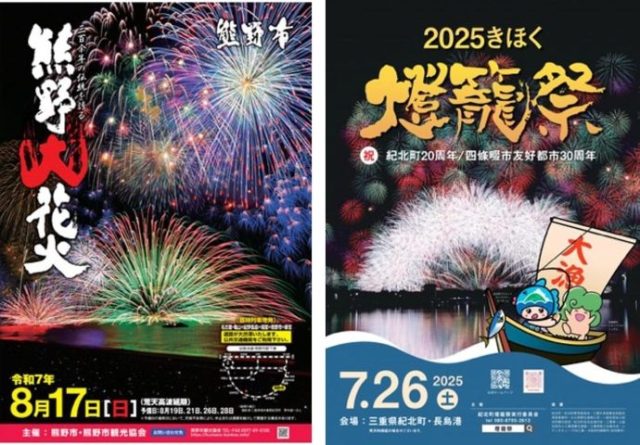
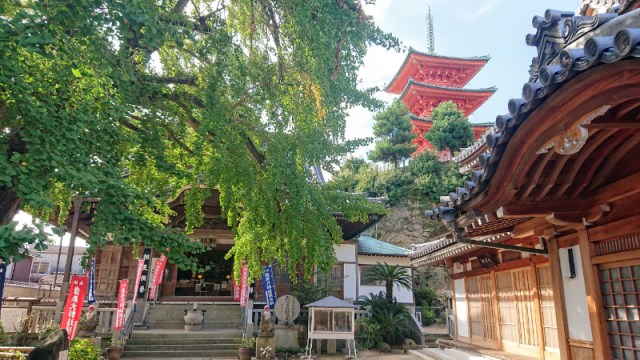

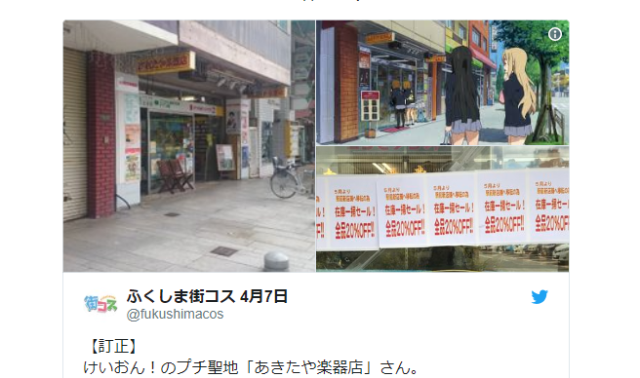
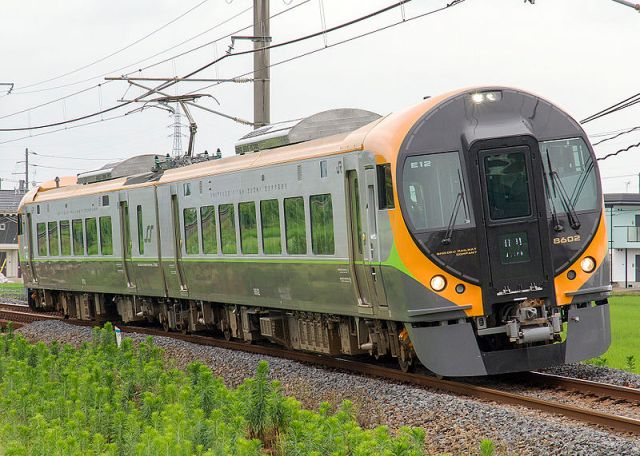
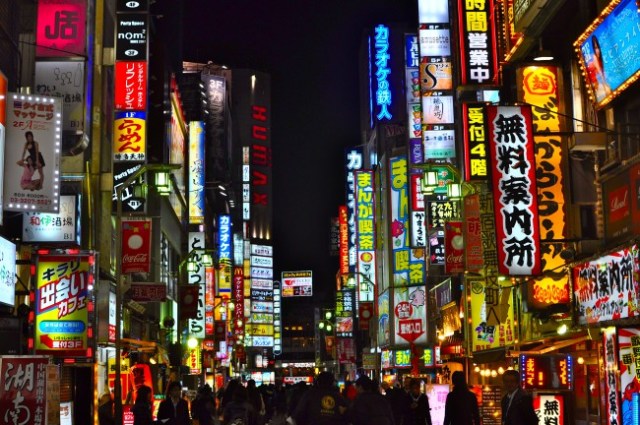

 Private booths are coming to Japan’s Shinkansen bullet trains even sooner than we’d thought【Video】
Private booths are coming to Japan’s Shinkansen bullet trains even sooner than we’d thought【Video】 Top Japanese cosplayer Enako returns to Comiket after 6 years, creates mayhem with admirers
Top Japanese cosplayer Enako returns to Comiket after 6 years, creates mayhem with admirers Majority of Japanese mayors say foreign residents are essential but most see good and bad effects
Majority of Japanese mayors say foreign residents are essential but most see good and bad effects 7 great places to see Mt. Fuji from without having to climb it
7 great places to see Mt. Fuji from without having to climb it What makes this new Japanese convenience store chain better than 7-Eleven?
What makes this new Japanese convenience store chain better than 7-Eleven? The Purple Lucky Bag from Village Vanguard is an extra-large waste of money
The Purple Lucky Bag from Village Vanguard is an extra-large waste of money Four Shinto shrines to pray for love at in Japan to start the New Year
Four Shinto shrines to pray for love at in Japan to start the New Year We travel to Yamanashi to try the water cake that disappears in 30 minutes!【Taste Test】
We travel to Yamanashi to try the water cake that disappears in 30 minutes!【Taste Test】 Japan’s human washing machines will go on sale to general public, demos to be held in Tokyo
Japan’s human washing machines will go on sale to general public, demos to be held in Tokyo Starbucks Japan ready to get Year of the Horse started with adorable drinkware and plushies【Pics】
Starbucks Japan ready to get Year of the Horse started with adorable drinkware and plushies【Pics】 Hayao Miyazaki says Happy New Year to Studio Ghibli fans with new art for Year of the Horse
Hayao Miyazaki says Happy New Year to Studio Ghibli fans with new art for Year of the Horse Japanese beef bowl chain Sukiya’s 2026 Smile Box lucky bag basically pays for itself
Japanese beef bowl chain Sukiya’s 2026 Smile Box lucky bag basically pays for itself We found possibly the quietest Japanese-style hotel in Tokyo’s bustling Shinjuku district
We found possibly the quietest Japanese-style hotel in Tokyo’s bustling Shinjuku district Cup Noodle tries an authentic Jiro-style ramen, but something’s not quite right
Cup Noodle tries an authentic Jiro-style ramen, but something’s not quite right The best Starbucks Japan Frappuccinos we want to drink again in 2026
The best Starbucks Japan Frappuccinos we want to drink again in 2026 We revisited Sweets Paradise after a decade to see if Japan’s dessert buffet still delivers
We revisited Sweets Paradise after a decade to see if Japan’s dessert buffet still delivers That time Seiji called JASRAC to ask why he didn’t get paid royalties for his song being on TV
That time Seiji called JASRAC to ask why he didn’t get paid royalties for his song being on TV Japan’s oldest largetooth sawfish in captivity back on display in Mie Prefecture
Japan’s oldest largetooth sawfish in captivity back on display in Mie Prefecture Pizza Hut Japan’s hot lucky bags are perfect for a New Year’s pizza party
Pizza Hut Japan’s hot lucky bags are perfect for a New Year’s pizza party 7-Eleven Japan starts new temporary luggage storage service in over 300 branches
7-Eleven Japan starts new temporary luggage storage service in over 300 branches Disillusionment at Tsukiji’s tourist-target prices led us to a great ramen restaurant in Tokyo
Disillusionment at Tsukiji’s tourist-target prices led us to a great ramen restaurant in Tokyo Starbucks teams up with 166-year-old Kyoto doll maker for Year of the Horse decorations【Photos】
Starbucks teams up with 166-year-old Kyoto doll maker for Year of the Horse decorations【Photos】 Tokyo considering law requiring more trash cans following litter increase in heavily touristed area
Tokyo considering law requiring more trash cans following litter increase in heavily touristed area Tokyo’s Tsukiji sushi neighborhood asks tour groups to stay away for the rest of the month
Tokyo’s Tsukiji sushi neighborhood asks tour groups to stay away for the rest of the month Tokyo event lets you travel back in time, for free, to celebrate 100 years since Showa era start
Tokyo event lets you travel back in time, for free, to celebrate 100 years since Showa era start Japan may add Japanese language proficiency, lifestyle classes to permanent foreign resident requirements
Japan may add Japanese language proficiency, lifestyle classes to permanent foreign resident requirements Sanrio theme park in Japan announces plans to expand into a Sanrio resort
Sanrio theme park in Japan announces plans to expand into a Sanrio resort Stamina-destroying “Paralysis Noodles” are Tokyo’s newest over-the-top ramen innovation
Stamina-destroying “Paralysis Noodles” are Tokyo’s newest over-the-top ramen innovation Survey asks foreign tourists what bothered them in Japan, more than half gave same answer
Survey asks foreign tourists what bothered them in Japan, more than half gave same answer Japan’s deadliest food claims more victims, but why do people keep eating it for New Year’s?
Japan’s deadliest food claims more victims, but why do people keep eating it for New Year’s? We deeply regret going into this tunnel on our walk in the mountains of Japan
We deeply regret going into this tunnel on our walk in the mountains of Japan Studio Ghibli releases Kodama forest spirits from Princess Mononoke to light up your home
Studio Ghibli releases Kodama forest spirits from Princess Mononoke to light up your home Major Japanese hotel chain says reservations via overseas booking sites may not be valid
Major Japanese hotel chain says reservations via overseas booking sites may not be valid Put sesame oil in your coffee? Japanese maker says it’s the best way to start your day【Taste test】
Put sesame oil in your coffee? Japanese maker says it’s the best way to start your day【Taste test】 No more using real katana for tourism activities, Japan’s National Police Agency says
No more using real katana for tourism activities, Japan’s National Police Agency says Starbucks Japan reveals new sakura drinkware collection, inspired by evening cherry blossoms
Starbucks Japan reveals new sakura drinkware collection, inspired by evening cherry blossoms Updated cherry blossom forecast shows extra-long sakura season for Japan this year
Updated cherry blossom forecast shows extra-long sakura season for Japan this year What makes this new Japanese convenience store chain better than 7-Eleven?
What makes this new Japanese convenience store chain better than 7-Eleven? The Purple Lucky Bag from Village Vanguard is an extra-large waste of money
The Purple Lucky Bag from Village Vanguard is an extra-large waste of money Four Shinto shrines to pray for love at in Japan to start the New Year
Four Shinto shrines to pray for love at in Japan to start the New Year We travel to Yamanashi to try the water cake that disappears in 30 minutes!【Taste Test】
We travel to Yamanashi to try the water cake that disappears in 30 minutes!【Taste Test】 Japan’s human washing machines will go on sale to general public, demos to be held in Tokyo
Japan’s human washing machines will go on sale to general public, demos to be held in Tokyo Osaka to Fukuoka for less than 40 bucks? It’s possible with Japan’s overnight ferry
Osaka to Fukuoka for less than 40 bucks? It’s possible with Japan’s overnight ferry 7-Eleven Japan’s ramen-cooking robot whipped us up a bowl of noodles【Taste test】
7-Eleven Japan’s ramen-cooking robot whipped us up a bowl of noodles【Taste test】 Our reporter tries amemonaka, the traditional sweet from Niigata Prefecture
Our reporter tries amemonaka, the traditional sweet from Niigata Prefecture The etiquette rules for visiting Shinto shrines in Japan
The etiquette rules for visiting Shinto shrines in Japan 7-Eleven Japan now sells…matcha burritos?!?
7-Eleven Japan now sells…matcha burritos?!? Tokyo fish market breaks New Year auction record as single fish sells for over 5 million yen【Vid】
Tokyo fish market breaks New Year auction record as single fish sells for over 5 million yen【Vid】 All-Japan Gravure Awards salute Japan’s best swimwear and cosplay models【Photos】
All-Japan Gravure Awards salute Japan’s best swimwear and cosplay models【Photos】 Which Japanese convenience store has the best premium pork buns?
Which Japanese convenience store has the best premium pork buns?